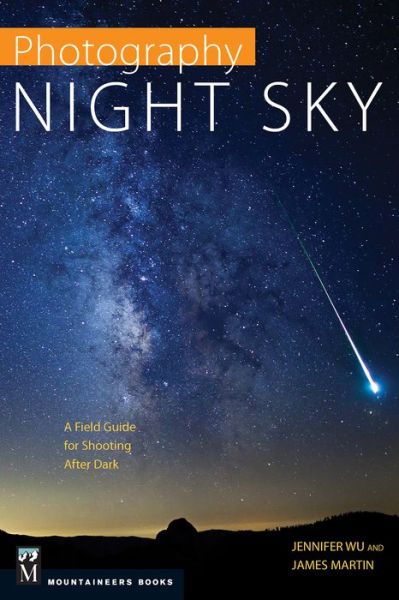Photography Night Sky: A Field Guide For Shooting After Dark book download
Par christensen tina le mercredi, septembre 30 2015, 23:07 - Lien permanent
Photography Night Sky: A Field Guide For Shooting After Dark. Jennifer Wu
Photography.Night.Sky.A.Field.Guide.For.Shooting.After.Dark.pdf
ISBN: 9781594858383 | 176 pages | 5 Mb

Photography Night Sky: A Field Guide For Shooting After Dark Jennifer Wu
Publisher: The Mountaineers Press
This will save you a great deal of time shooting in the field at night. Today I'd like to take a few minutes and talk a bit about how and why I set my camera up the way I do and hopefully guide you through the process of creating your own night sky masterpieces. A Dark Place to Shoot – Okay so you can't buy this one, you're just going to have to get in your car and drive. Oct 8, 2013 - Take Your Night Photography to the Next Level! You from pursuing night photography. �I prefer to shoot in places that have both dark skies and interesting things in the landscape to combine with stars and other extraterrestrial objects,” explains Grant. Dec 10, 2012 - Point the lens at a section of sky where you think (hope) a meteor will occur, lock down the shutter to shoot continuous exposures, then cross your fingers for a flash of light. If you do not know how to photograph the night sky and the Milky Way, this guide might help you in understanding the basics. After speaking with Lake Tahoe-based time-lapse and night photographer Grant Kaye, who was featured in our Selling Nature Photography guide, we compiled the top 6 night photography tips to help you master the craft. Even if both the moon and sun are set below the horizon, they will continue to turn the sky a blue tint even an hour or two after they set, forcing the white balance to a higher temperature Kelvin. Night Sky Photography Tips, Cityscape Photography Tips, Lightning Photography Tips and Long Exposure Photography Tips and Techniques. So, longer focal lengths are going to be your enemy when photographing the Milky Way, since you will either end up with a lot of grain due to use of extremely high ISO, or you will get a very dark image with no visible details. Checklist of the most helpful things: Digital Camera with Manual Controls; Wide Angle Lens; Tripod; Flashlight or Headlamp; Intervalometer Remote Timer (Optional); Smartphone Star Map App (Optional); Dark Location at a Dark Time of Night .. Another tip, if you have the time is to get a shot of the foreground shortly after sunset from exactly the same position as your star picture will be taken.
Principles of Electronic Communication Systems book
War And Peace In The Global Village book
